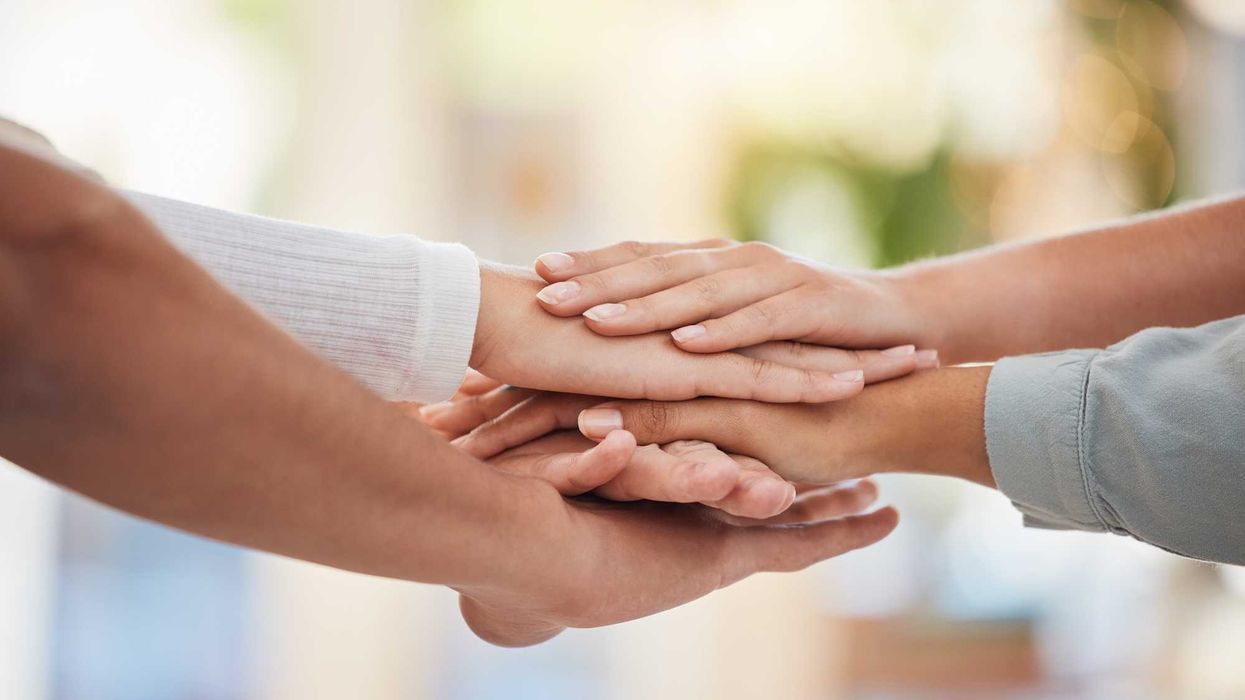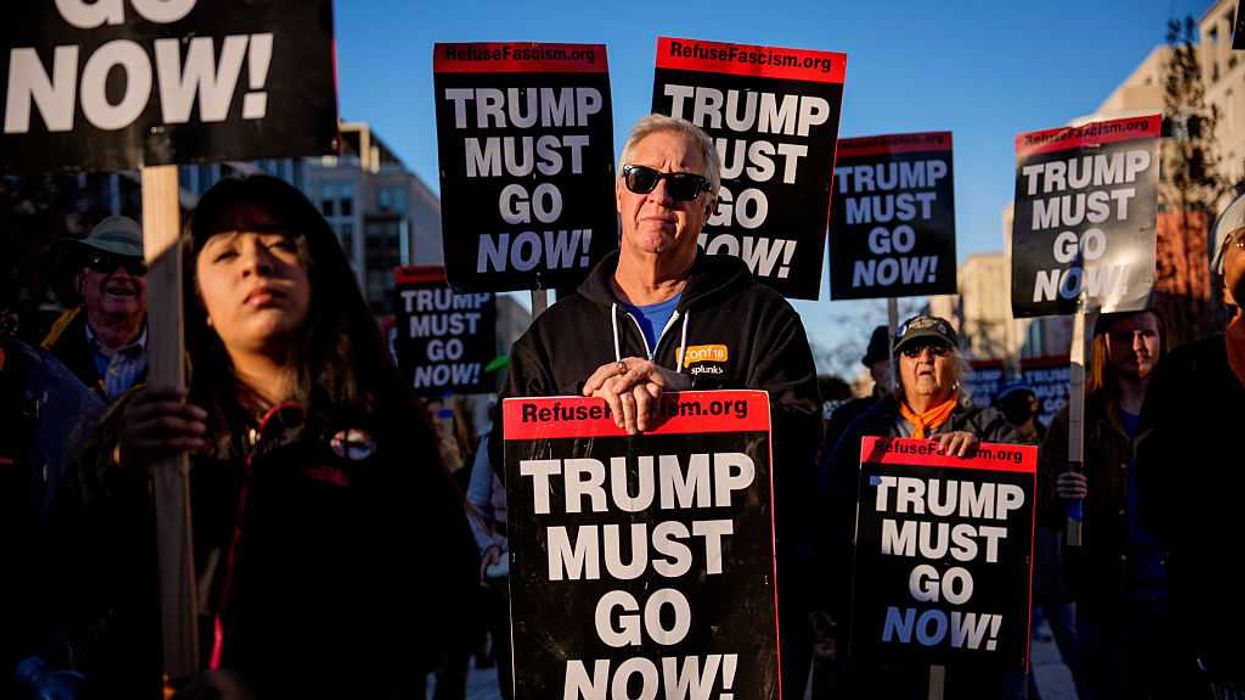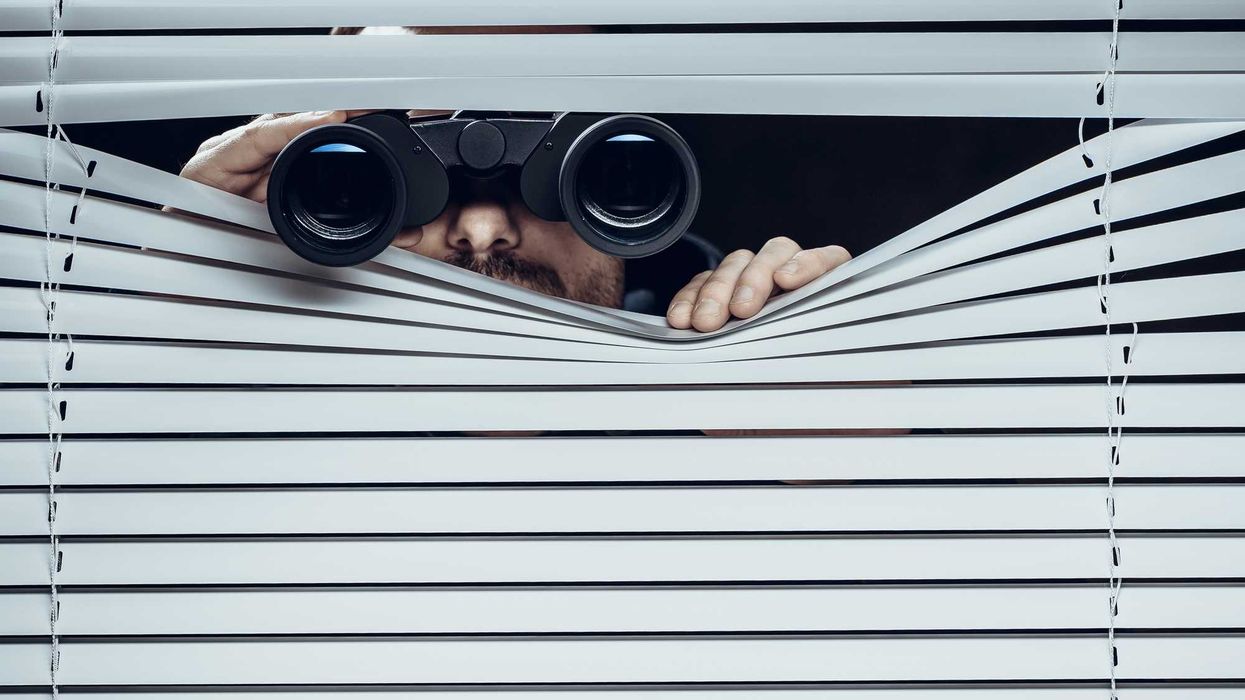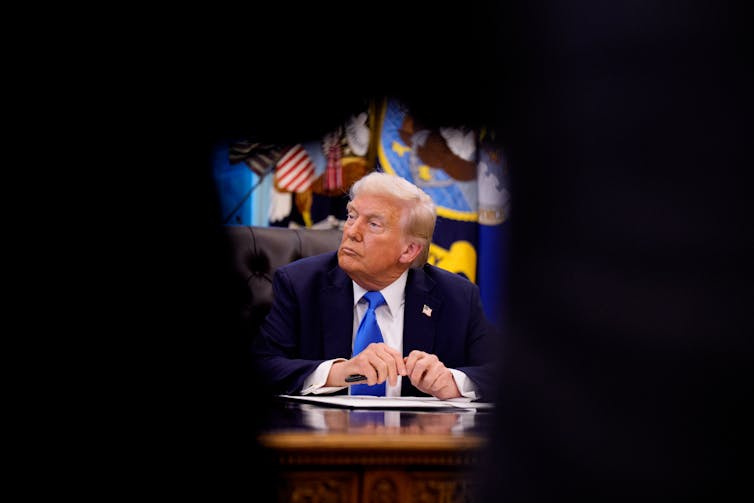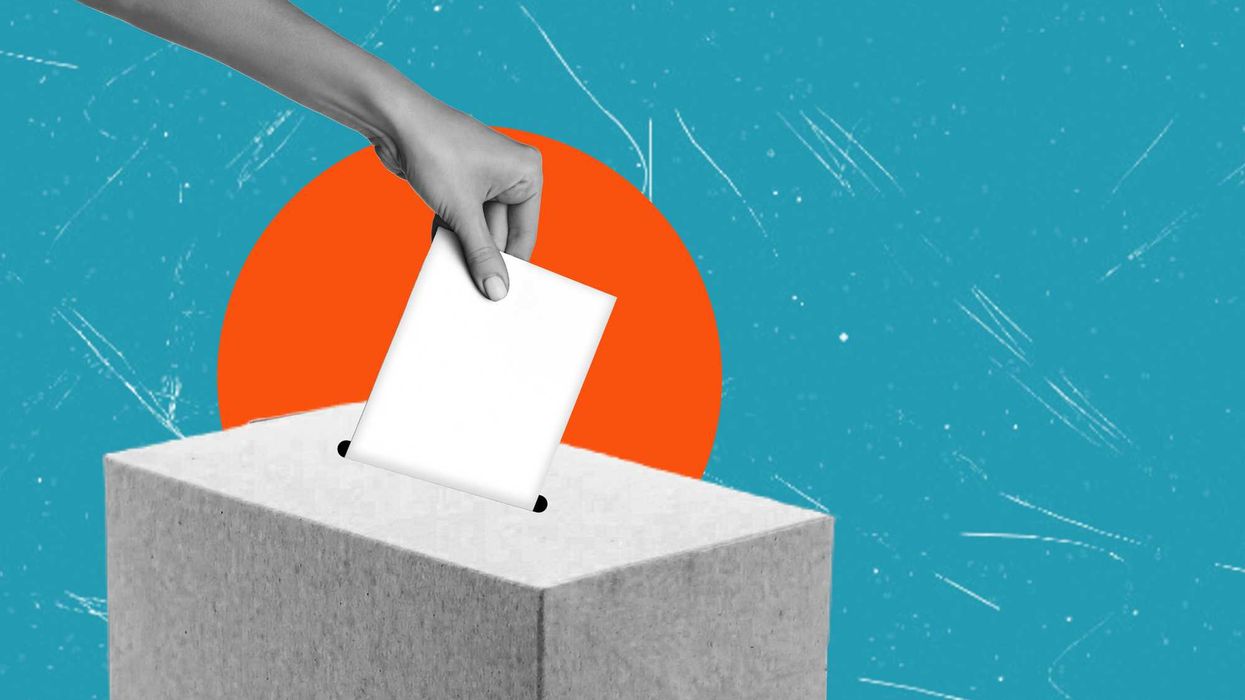When the mayor of Takoma Park, Md., hired a 17-year-old campaign manager and ran ads in the local high school newspaper in 2015, the highly unusual campaign moves seemed to make solid political sense. After all, nearly half of the Washington suburb's teenagers had turned out in 2013, when it became the nation's first municipality to award the franchise to people younger than 18 — and overall turnout hovered at a dismal 10 percent.
But the success of this experiment in civic engagement has not heralded a transformation in the nation's voter qualification rules. Only half a dozen other places have followed Takoma Park's lead. Proposals in several other liberal bastions have come up short — and last week the House resoundingly rejected, for the second time in three years, allowing 16-year-olds to vote in federal elections.
Many educators and progressive politicians remain undeterred. In a time of embarrassingly bad civic literacy and with turnout in most recent elections well below most developed countries, they say lowering the voting age would be a great way to breed lifelong voting habits in high schoolers while making their civic education immediately relevant outside of the classroom.
The original voting age of 21 in the United States was "somewhat of a historical accident" and an inheritance from British common law, University of Kentucky law professor Joshua Douglas explained in a study on Scotland's 2007 decision to lower the voting age to 16. "The theory was that a man could wear a suit of heavy armor and thus was eligible for knighthood by age twenty-one, so society should also let him vote."
Douglas says his ambivalence about the merits of an earlier voting age faded as he wrote his paper. "The more I learned about the reasons behind lowering the voting age, the more I became convinced that it's a good idea, in particular as a way to both improve voter turnout and to create a generation of engaged and educated voters," he said in an interview.
So far, though, that argument is not winning over crucial groups of people. Several towns in New England have debated but ultimately abandoned proposals in the past two years, during which legislation to lower the voting ages in Hawaii, Colorado and Illinois have all died on the vine. And in November a referendum to lower San Francisco's age to 16 for participating in local elections was narrowly rebuffed, coming up 4,000 votes short out of more than 330,000 cast.
The biggest recent blow to the cause came last week, when only 125 Democrats voted to lower the voting age to 16 for congressional and presidential elections. The roll call exposed a clear divide among the party about how aggressive to get in expanding the franchise, because 93 other Democrats and all 209 Republicans voted "no."
The vote was on a proposed amendment to HR 1, the sweeping voting rights, campaign finance and government ethics reform package. But that bill, which the House then passed, would nonetheless promote voting by young people through language requiring states to automatically register citizens already in other government databases. This provision would permit 16-year-olds who earn drivers' licenses to get on the voter rolls two years ahead of time.
In 2019, when the same bill passed the first time, 126 members voted for the same amendment, by Democrat Ayanna Pressley of Massachusetts. That time it got the vote of one Republican, Michael Burgess of Texas.
"If what we are afraid of is they'll vote Democratic, then that's on us," he said at the time. "If we are not willing to engage and talk to people in late adolescence then we're going to lose that generation."
Last week, however, Burgess voted "no" without offering an explanation for his changed mind
Most Republicans noted how those younger than 18 are treated as juveniles in the criminal courts and that the rationale for that — they are not mature or informed enough to be treated as adults — should apply to the franchise as well.
Progressives argued that more and more young people are working, paying federal payroll taxes and getting politically engaged. But the facts don't clearly bear that out. While two-thirds of eligible Americans voted for president last fall, the highest share in more than a century, researchers at Tufts University who study civic engagement by young people said that turnout by people under 30 was at most 56 percent.
The story of voting rights in America is one of society evolving past its dogma with the help of prodding reformers who wage long, often hard-fought struggles to change common perceptions about who should count and who shouldn't.
First, it was only white men with property. Then, it was white men without property. Then, Black people and women. Native Americans came next. Half a century ago, the Vietnam War draft of men not old enough to cast a ballot got the age lowered from 21. Today, much of the energy to add a new category of voters is focused on formerly incarcerated felons.
When Congress lowered the national voting age to 18 it was, in some ways, the worst age to pick.
Eighteen is a year of change. Most are graduating high school. Some move away for college. Others join the military. Some change towns for work. Sixteen-year-olds, meanwhile, are living in stable environments, where habits can form — such as voting.
Helping young people develop a habit of voting during an impressionable, stable time is one of the primary drivers behind the lower-the-vote movement.
"We don't have any preference on who young people vote for or what motivates them to vote," said Brandon Klugman, campaign coordinator for Vote16, a project of the civics education advocacy group Generation Citizen. "We believe it's better for our democracy when folks have the opportunity to build that habit of voting starting at that age. It's a purely research-based motivation. We know voting is a habit."
One argument against teen voting is that 16-year-olds will only mimic their parents' politics. The research disagrees. Ahead of the 2014 independence referendum, for instance, 40 percent of young Scots said they intended to vote differently than their parents.
Many recent efforts at the local level have been confined to allowing teenagers to vote in elections for their own school boards. Douglas sees parallels with the women's suffrage movement, which also grew from first receiving the right to vote in school board elections before evolving to local elections and beyond.
"I think lowering the voting age is at the early stages of a similar story," he said. "When I first started talking about this five years ago or so, people said, 'You're absolutely crazy.' Now people just say, 'Well, you're kind of crazy.' "







